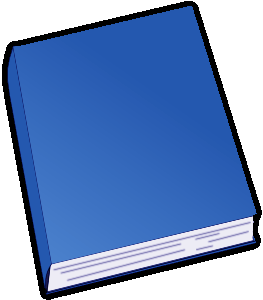Geschichte der Englischen Sprache und Literatur von den ältesten Zeiten bis zur Einführung der Buchdruckerkunst By: Ottomar Behnsch (1813-1869) |
|---|

In Behnsch's thorough exploration of the history of the English language and literature from its earliest origins to the introduction of the printing press, readers are treated to a comprehensive and engaging journey through the development of one of the world's most influential languages. The author provides valuable insights into how English evolved over time, tracing the influences of other languages and cultures on its development. Behnsch's writing is clear and informative, making complex linguistic concepts accessible to readers of all backgrounds. His deep knowledge and passion for the subject shine through in every chapter, immersing readers in the rich tapestry of English language and literature. Overall, Geschichte der Englischen Sprache und Literatur von den ältesten Zeiten bis zur Einführung der Buchdruckerkunst is a must-read for anyone interested in the history of English and its impact on literature and culture. Behnsch's work is a valuable resource for scholars, students, and anyone who wants to gain a deeper understanding of the language that has shaped so much of the world we live in today. First Page:[Transcriber's Note:This file is intended for users whose text readers or browsers cannot display utf 8 encoded text. Some compromises have had to be made. Letters that could not be expressed in the latin 1 character set have been "unpacked" and shown in brackets: [´æ] æ with accent [)e] short e (in discussions of poetic metre only) A "dagger" (cross) before dates has been written out as "gest." The "low high" quotation marks of the original text are shown as »guillemets«. Typewriter style quotations marks are used by the transcriber. Where the printed book showed translations or parallel versions side by side, the e text has consecutive blocks of text. In some verse passages, boldface was used to highlight alliteration. These letters are generally shown as Capitals, while line initial capitals have usually been converted to lowercase. Note that alliteration involving thorn (þ) is rarely marked, and the letter is inconsistently capitalized. This is probably typographic, but has not been changed. With a few obvious exceptions such as footnote tags, all brackets are in the original.]
[Illustration: Facsimile der Exeter Handschrift. (S. 69) ] [Illustration: Cod... Continue reading book >> |
| eBook Downloads | |
|---|---|
|
ePUB eBook • iBooks for iPhone and iPad • Nook • Sony Reader |
Kindle eBook • Mobi file format for Kindle |
|
Read eBook • Load eBook in browser |
Text File eBook • Computers • Windows • Mac |
| Review this book |
|---|